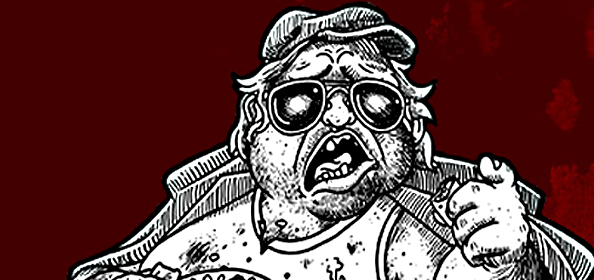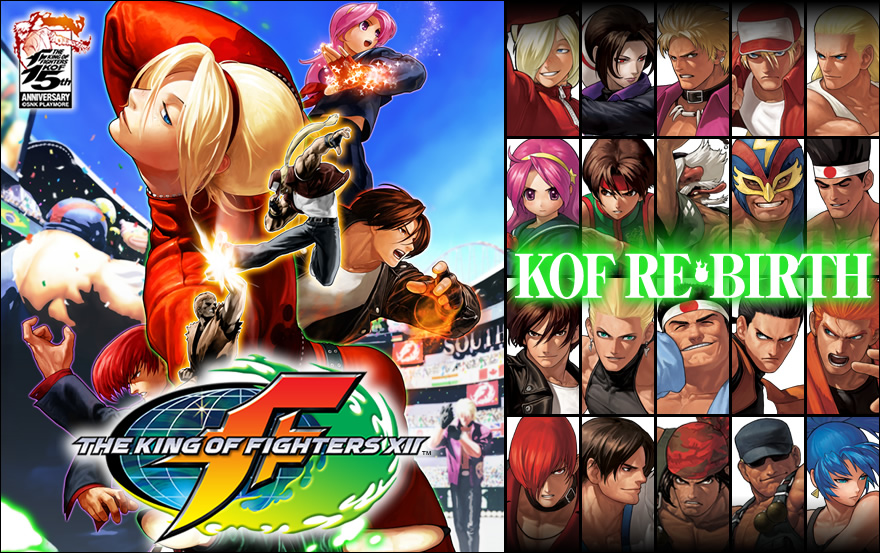Last updated on April 8, 2014
Sequels get the short end of the proverbial critic stick. That stick has a pointy end, and it hurts. Mostly, this comes down to expectations for what a sequel means.
Franchising and Unreasonable Expectations
First of all, all sequels come from that entertainment phenomenon known as the franchise. We know that concept as a general title or concept used for creating or marketing a series of products, typically films or television shows. When you see a “2” or a “Resurrection” after something, you probably expect either more of the same, or a general improvement on the original product that spawned said franchise. Of course, our collective experience usually places us in a sense of dread: can they really do a better job? That’s probably why they market so many films as “trilogies”, so you think they actually bothered to write three whole scripts that make sense together (sure they did).
More often than not, most fans find themselves disappointed with the product they receive. Think of the original Star Wars trilogy versus the newer prequels. Everyone mostly loved A New Hope (sorry purists!), The Empire Strikes Back, and Return of the Jedi (though they didn’t like this one as much). Honestly, it seems quite hard to contend with a stellar record like that. Anything George Lucas could do would pale by comparison, especially if the job turned out rather mediocre at best. I’m pretty sure most people didn’t like the prequel trilogy at all, and reams of Internet text and videos can prove that.

Let’s imagine you in the shoes of the creator, though. How could George Lucas meet fan expectations and ideas while also maintaining the identity of his own work? There’s surely a hundred different voices crying out for a certain, specific, and contradictory set of “essential” Star Wars elements. Fans want improvements, but they also want something new. They want more of the same, but they also want it to be different. You can’t please everyone! He can really only go on his gut and the advice of people he knows (unless said people are Yesmen, and then that’s a problem). His gut proved rather essential to this case, as it produced three movies that did not raise the stature of Star Wars in the minds of many.
To use a particularly video game relate example: many fans looked forward to The King of Fighters XII. SNK finally drew an entirely new set of animations, changed up the systems at play, and generally wanted to break into a newly burgeoning fighting game market. Unfortunately, these changes meant the game didn’t feel like KOF at all. The Critical Counter System turns KOF into Dead or Alive, with countering happening constantly and producing combos in the 70% damage range with little effort. Guard Attacks mean you can get out of and prevent offensive pressure far too easily in a game developed for offense. The screen zooms in incredibly close, meant to replicate the Samurai Shodown effect but often hindering the action. And, somehow, they made King of Fighters slow due to the Critical Counters; they force you to play far too conservatively. These wacky (to say the least) changes did not endear themselves to fans, and the title sold poorly.

In sum, the problem in sequels comes down to a balance between the new and the old, between familiarity and novelty. If you go too far in one direction or another, you end up with nothing great.
Balancing Novelty and Familiarity
So what does a good sequel do? It hits that strange, precarious balance of adding new material while retaining the great elements of its previous incarnation. Easier said than done, of course; the trick comes in identifying which parts were essential, and which parts were not. They can be the tiniest of details, but if they do not recognize them, they will fail.
Let’s stick with the aforementioned examples. What did you think was essential to Star Wars? Probably high adventure, relatively good (not wooden) acting, a comprehensible and simple plot, light saber fights, and maybe aliens all fit into the component of a good Star Wars film. Unfortunately, we can all agree that the freedom of money got away from Lucas, and Episode I demonstrated many things people didn’t want. The actors didn’t act, the new settings added little to the franchise, far too much Loony Tunes slapstick comedy (i.e., Jar Jar Binks), and long sequences discusses intergalactic senatorial politics. Honestly, what a bizarre mishmash of ideas! Did Lucas think these would improve Star Wars?
You must say “yes”. Even if it didn’t work out at all (say, like The Lone Ranger), there’s a lot of ideas behind it. The film(s) just didn’t turn out as well as anyone else hoped. He kept making changes to every film, especially from a visual perspective, up until the time he sold his ownership of the franchise. In a way, the lack of timelessness surrounding Star Wars made it impossible to live up to any preconceived standards; it would either be better (truly, truly difficult) or worse. And, in our case, they were worse. I tend to enjoy them anyway, as I just turn my brain off and let it ride. Still, I also understand how people who saw this as a young child and latched onto it could criticize those films so vehemently.
In a word: making a good sequel is hard, especially if it’s not a quick cash-in.
Continue to Part 2 tomorrow (or wait for it!).
